When I open the Chrome debug view and set the device to "iPad Mini" to simulate its screen size (and touch events), interacting with a text input causes the Windows on-screen keyboard to open.
This computer is not a tablet, and has never had a touch screen. In the Windows Ease of Access -> Keyboard settings Turns on the On-Screen Keyboard is off.
I can only assume that Chrome "simulating" an iPad Mini is causing Windows to think there's a touchscreen. I've been using this feature for a few months now, and the keyboard opening only started happening recently. I may have simply flipped a switch in the settings (of Chrome or Windows) on accident. If that's the case, I'd like to know how to flip it back!
This is frustrating because I have to close the keyboard each time as it covers up a large portion of the web-app.
The same page without the "iPad Mini" simulation does not open the keyboard:
(This keyboard also opens when choosing any device that has a touch screen, not just iPad Mini.)

